
What a time to get up to the Palouse. After finishing a week workshop traveling the cool but beautiful Oregon Coast, I left Portland Oregon on a 100+ degree day on Monday June 6th. Upon arriving in Colfax, WA that afternoon I found things about the same as Portland…. 100+ degrees. I always get into a location a day or two in advance of my workshop folks to scout the area. Even though I’ve been going to this location for many years, things always change. Barns fall down, some fields are left in fallow etc. So I get to all my locations to make sure my attendees have the best I can provide during the coming photo workshop.
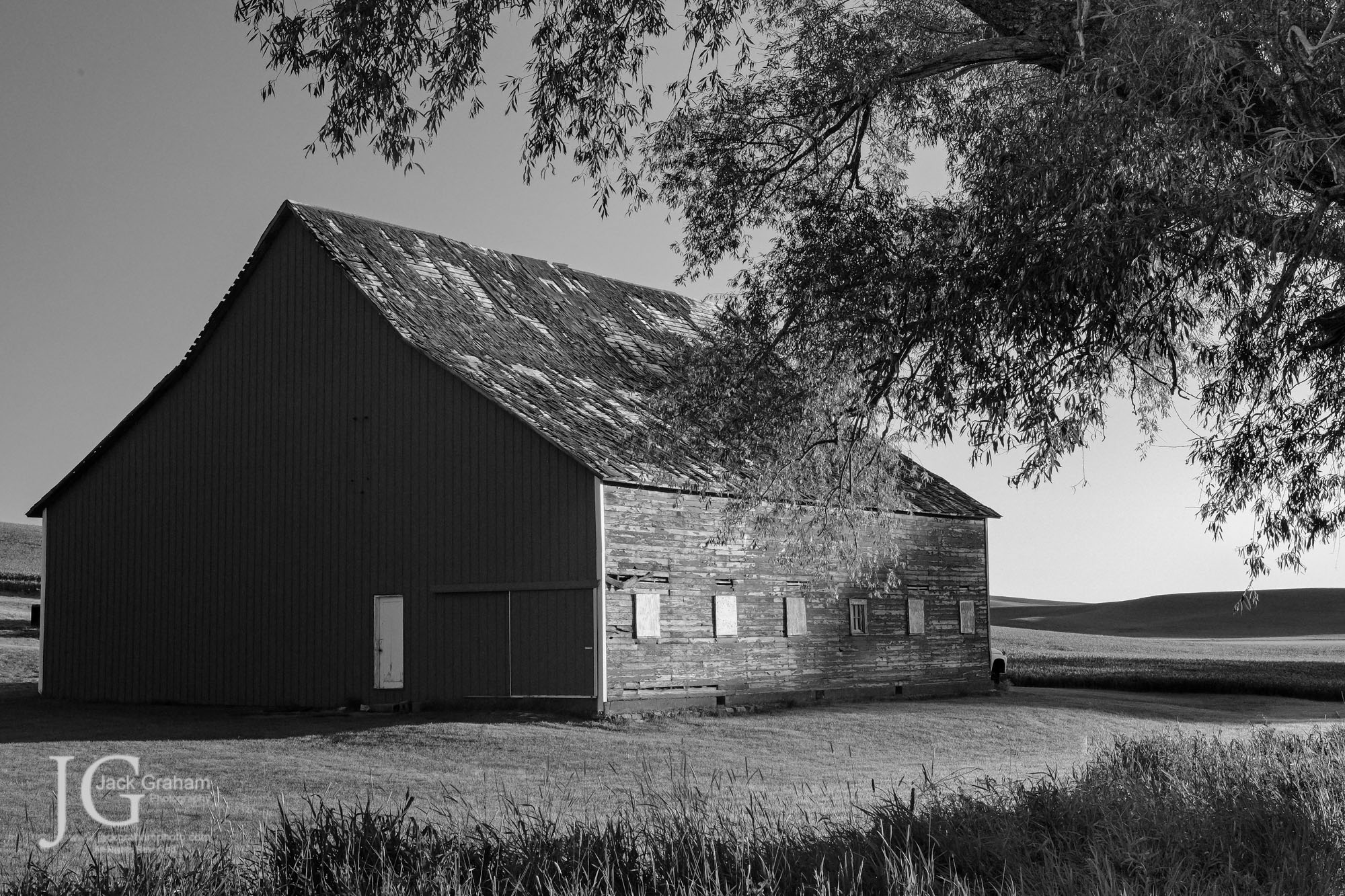 I am often asked how I know where to take my groups. My GPS doesn’t name any icon’s just things like “red barn 6:45AM, fence 6:15 am, grain silo 8:10pm. It comes from years of experience.
I am often asked how I know where to take my groups. My GPS doesn’t name any icon’s just things like “red barn 6:45AM, fence 6:15 am, grain silo 8:10pm. It comes from years of experience.
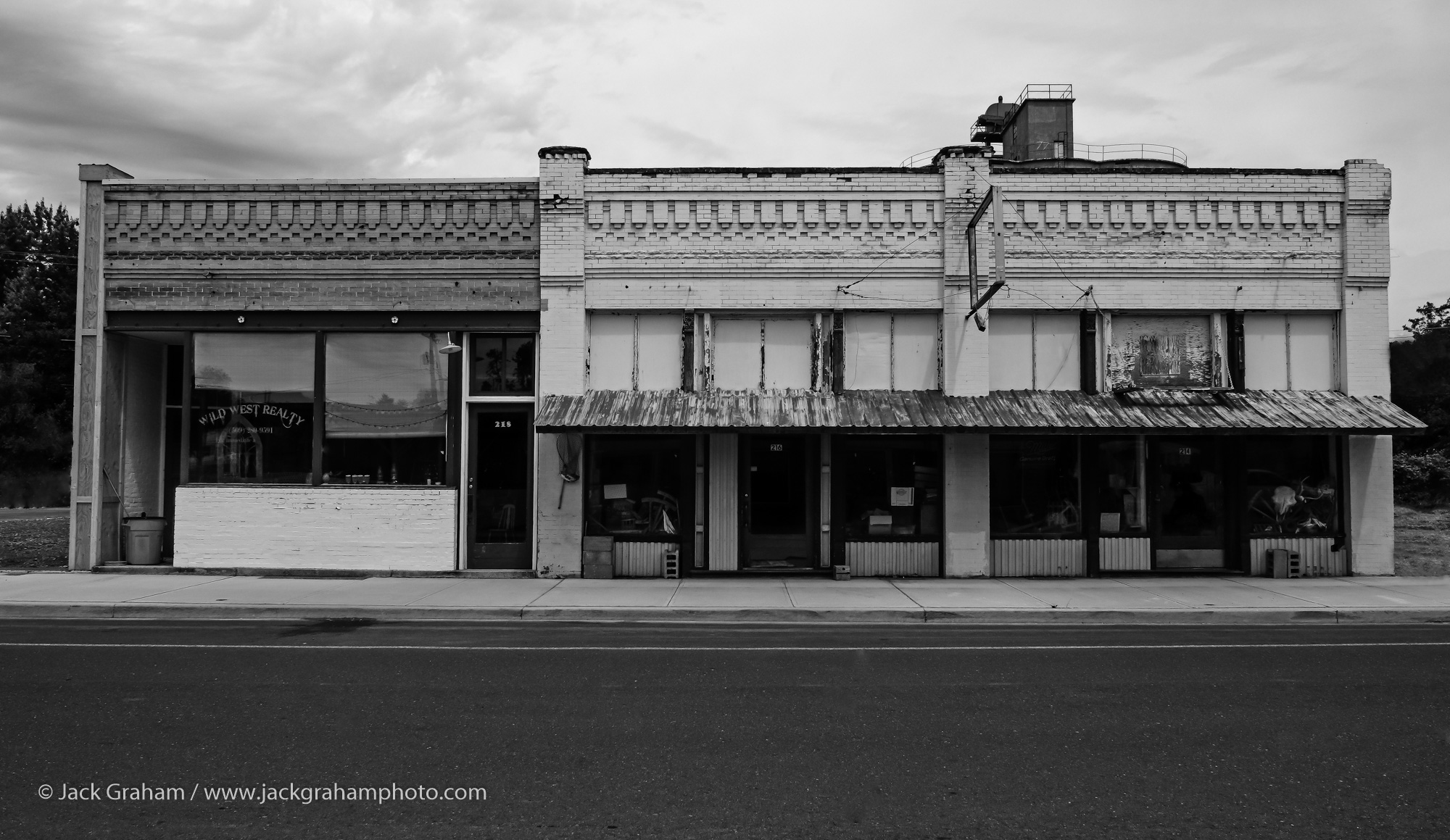 The Palouse doesn’t only feature endless fields and landscapers. There are many small towns with strong subject matter as well. Don’t bypass these locations when you get over there.
The Palouse doesn’t only feature endless fields and landscapers. There are many small towns with strong subject matter as well. Don’t bypass these locations when you get over there.
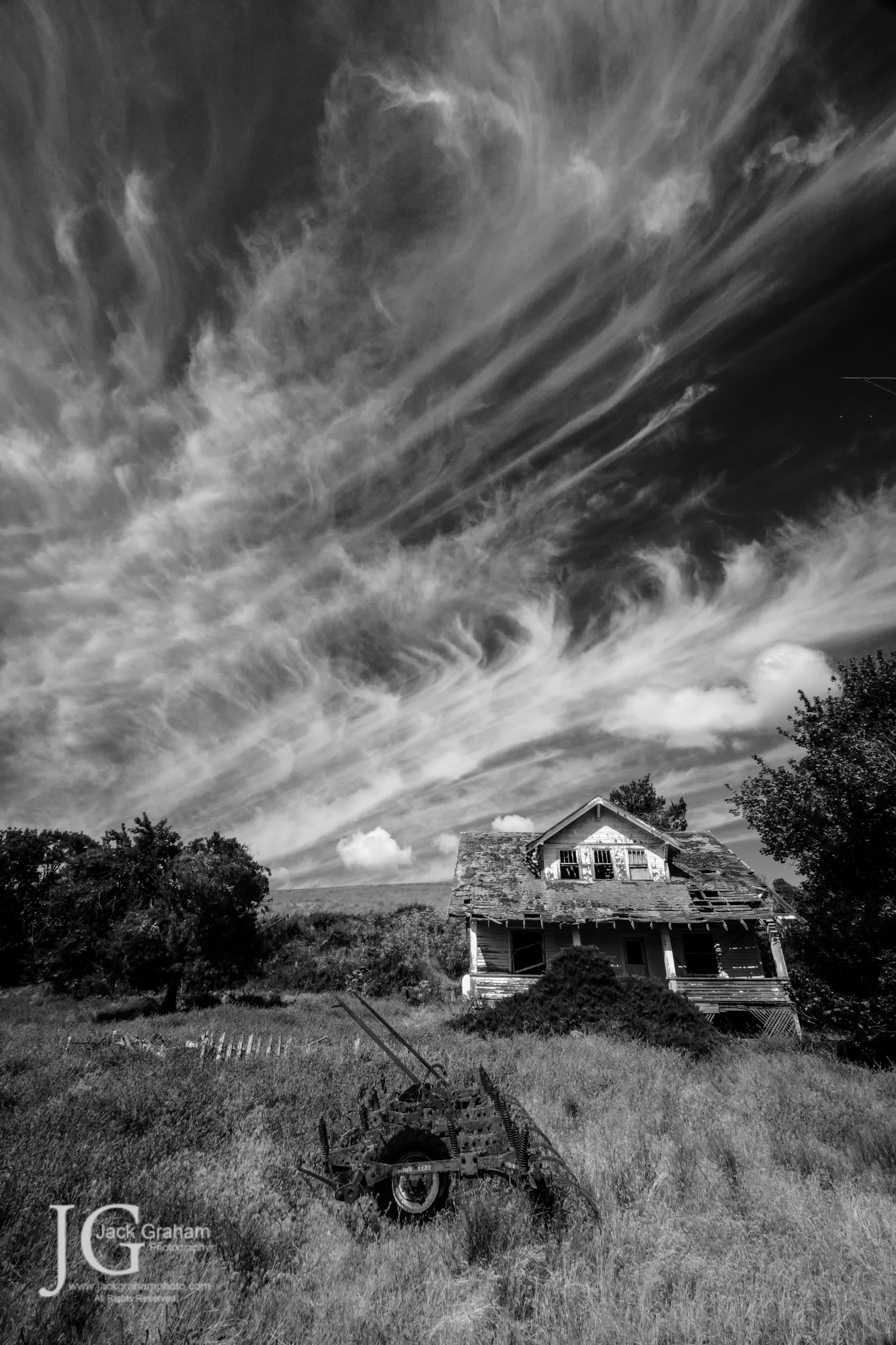 I am also a weather enthusiast. All nature photographers should be since weather and light are major components of success. That topic is for another article! Looking at he forecast for the end of the week I was quite excited to see temperatures cooling off and the potential for some rain ahead. Rain and clouds = drama. Drama = potential for interesting imagery.
I am also a weather enthusiast. All nature photographers should be since weather and light are major components of success. That topic is for another article! Looking at he forecast for the end of the week I was quite excited to see temperatures cooling off and the potential for some rain ahead. Rain and clouds = drama. Drama = potential for interesting imagery.
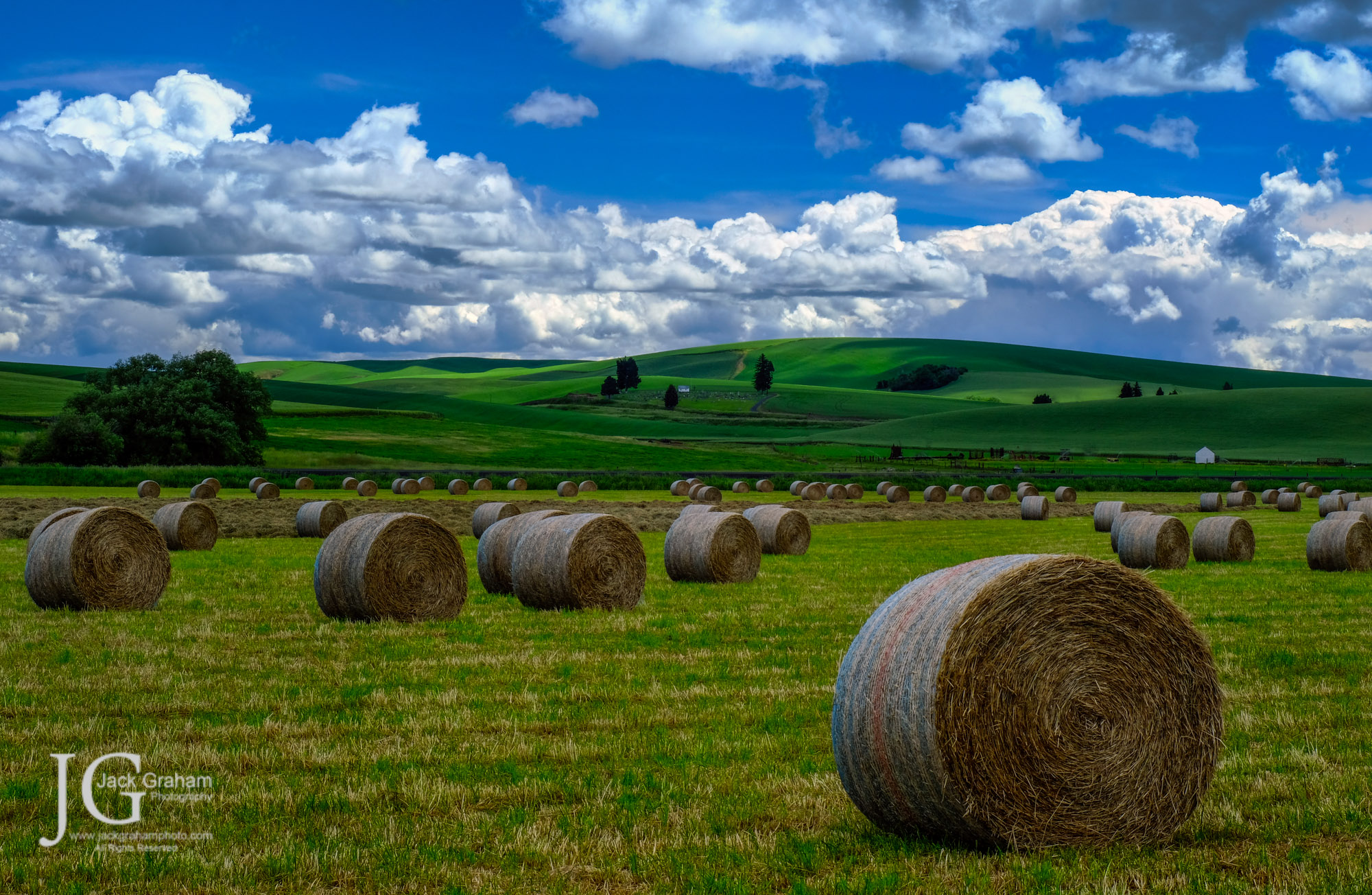
My workshops typically run Thursday-Sunday morning. We normally have a “meet and greet” on Wednesday night, then get to bed for an early rise.
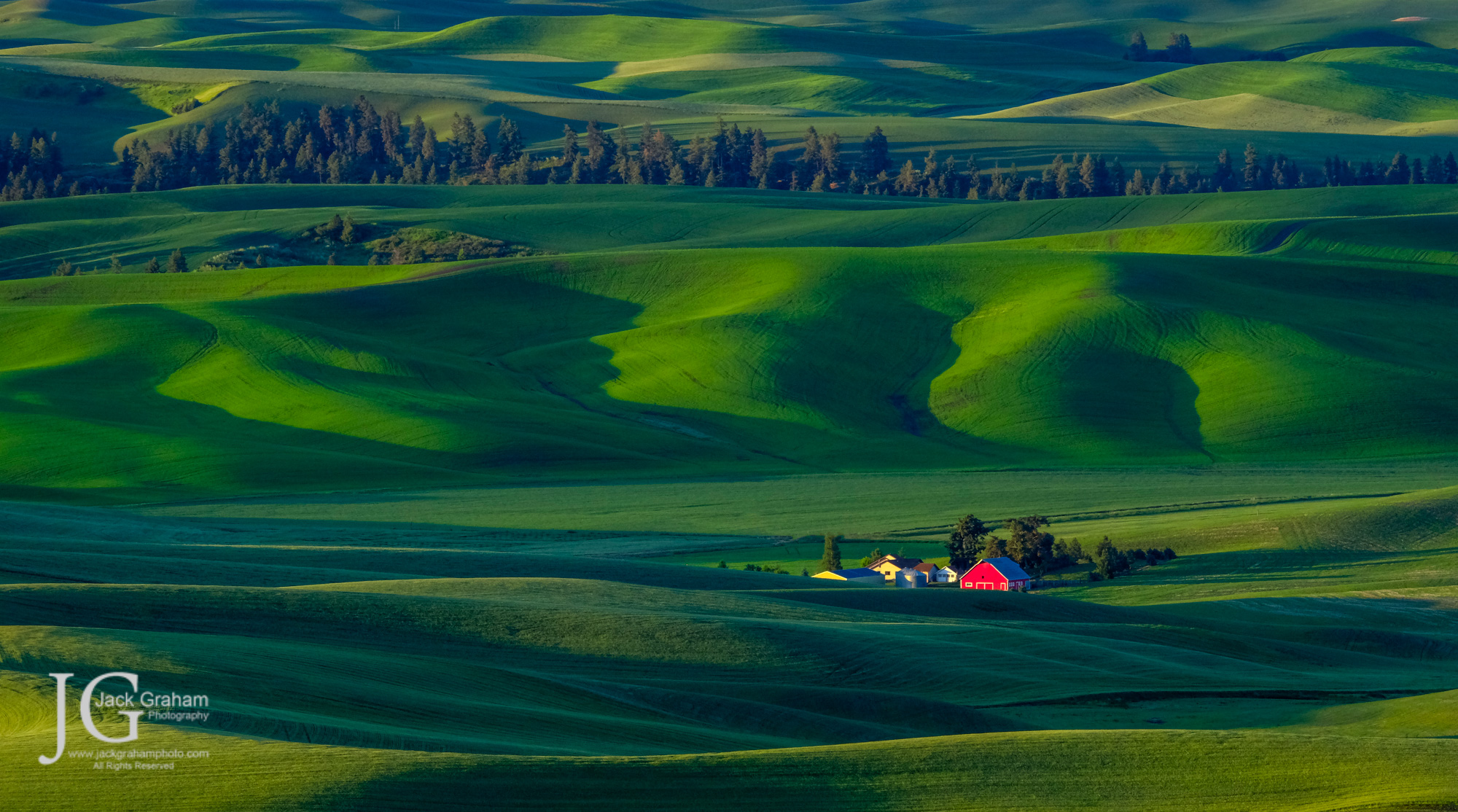
Above….Early AM “soft” light on the Palouse from Steptoe Butte
June offers some really long days. The good light in the Palouse is about 4: 40 AM or so 2:35 alarms are common. 10PM hotel arrivals after sunset are also common. That’s life as a photographer in this location in June, the days with the most daylight.
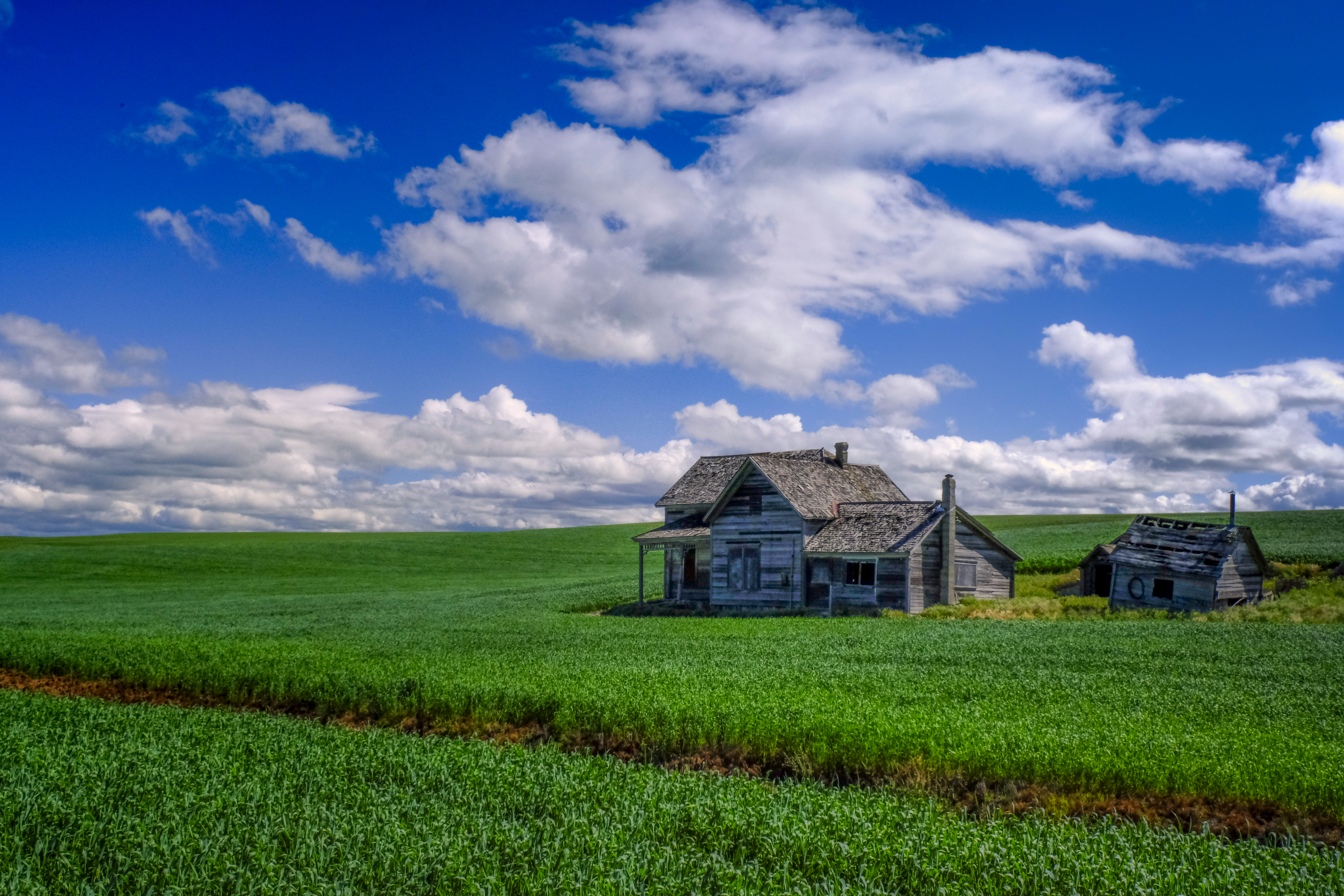 ©Jack Graham
©Jack Graham
After our meet and greet I suggested we take a ride up to Steptoe Butte instead of heading to bed to get one last night of rest. The sky was getting dark and my mind went back two years to a similar night when we up there for some amazing drama. This night was no different.
We drove up and began photographing the folds (rolling hills) of green wheat. The Palouse is a tough are to photograph if you’ve never been there. You’re not really looking for icons (Thank God!) you’re looking for patterns and textures. I wrote an article, still here on this blog about this. Click HERE to access it.
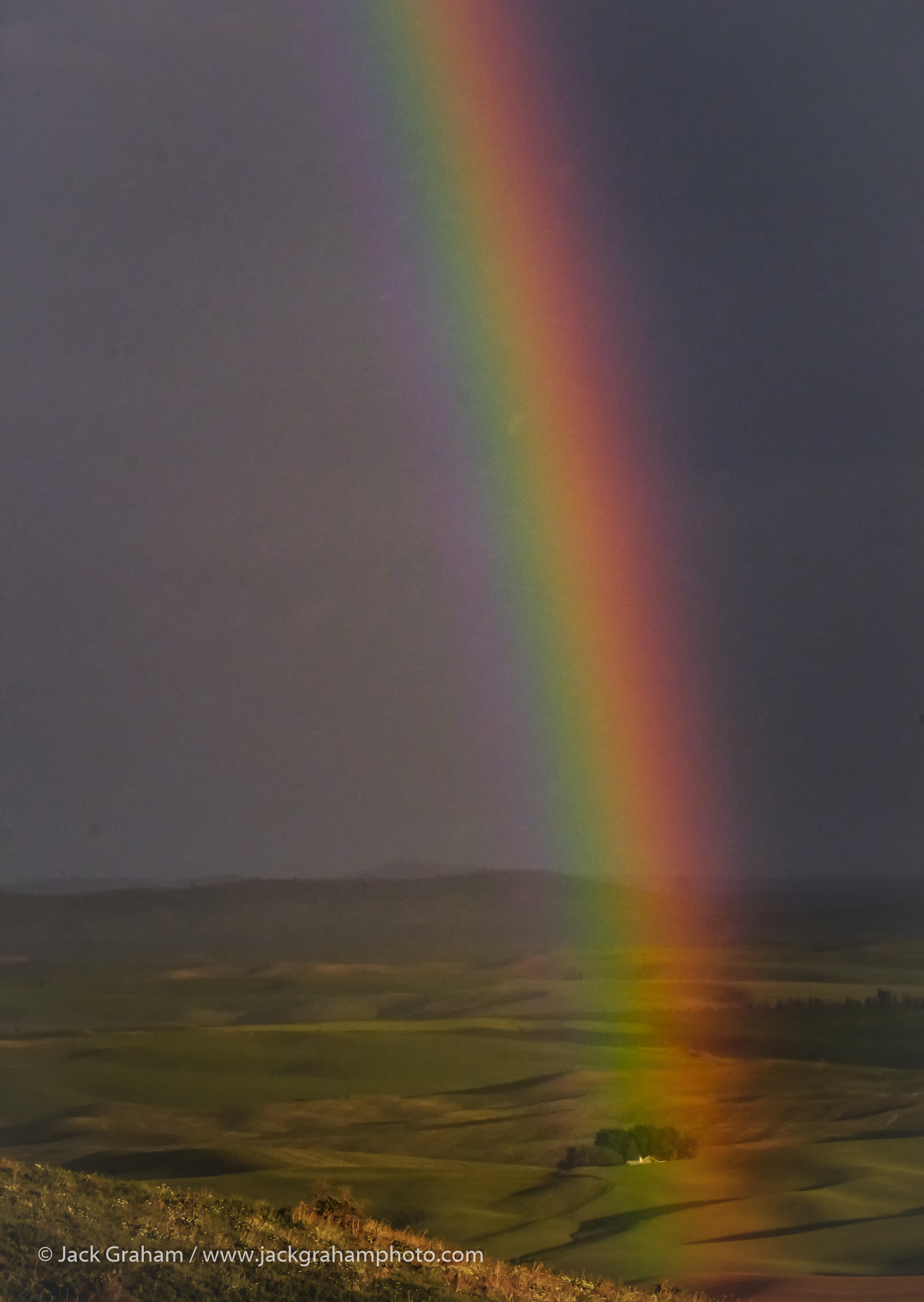 The sky got darker and I yelled to my group that there is a potential for a rainbow and if there is it would be over there, pointing east. Well, it happened. Did we get soaked, yes, was it cold, yes. Did we get some great images YES!
The sky got darker and I yelled to my group that there is a potential for a rainbow and if there is it would be over there, pointing east. Well, it happened. Did we get soaked, yes, was it cold, yes. Did we get some great images YES!
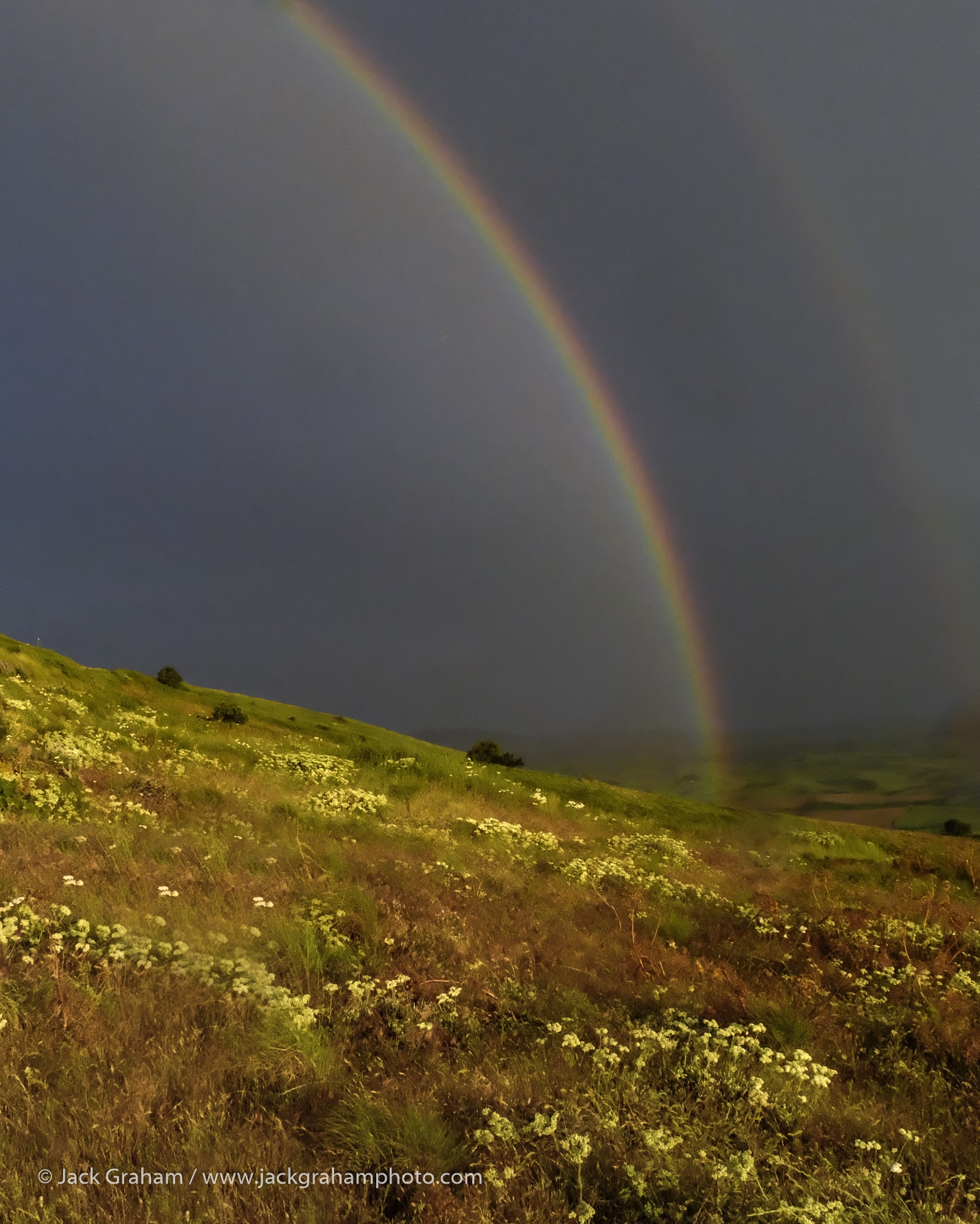 By the way, you CAN learn to predict when and where rainbows might occur. It is possible to visualize where they will occur and be ready for them. What you need are some pretty violent squalls. Rainbows appear when light from the sun hit a curtain of rain and bend the light (refraction) as they enter the rain and again when the exit the back of the rain. To get a rainbow the light must be about 42 degrees back to the sunlight.
By the way, you CAN learn to predict when and where rainbows might occur. It is possible to visualize where they will occur and be ready for them. What you need are some pretty violent squalls. Rainbows appear when light from the sun hit a curtain of rain and bend the light (refraction) as they enter the rain and again when the exit the back of the rain. To get a rainbow the light must be about 42 degrees back to the sunlight.
The rain offered some opportunities to photograph areas that are great when wet. It didn’t rain enough for us to not get on some muddy back roads but the weather really made this trip a great one.
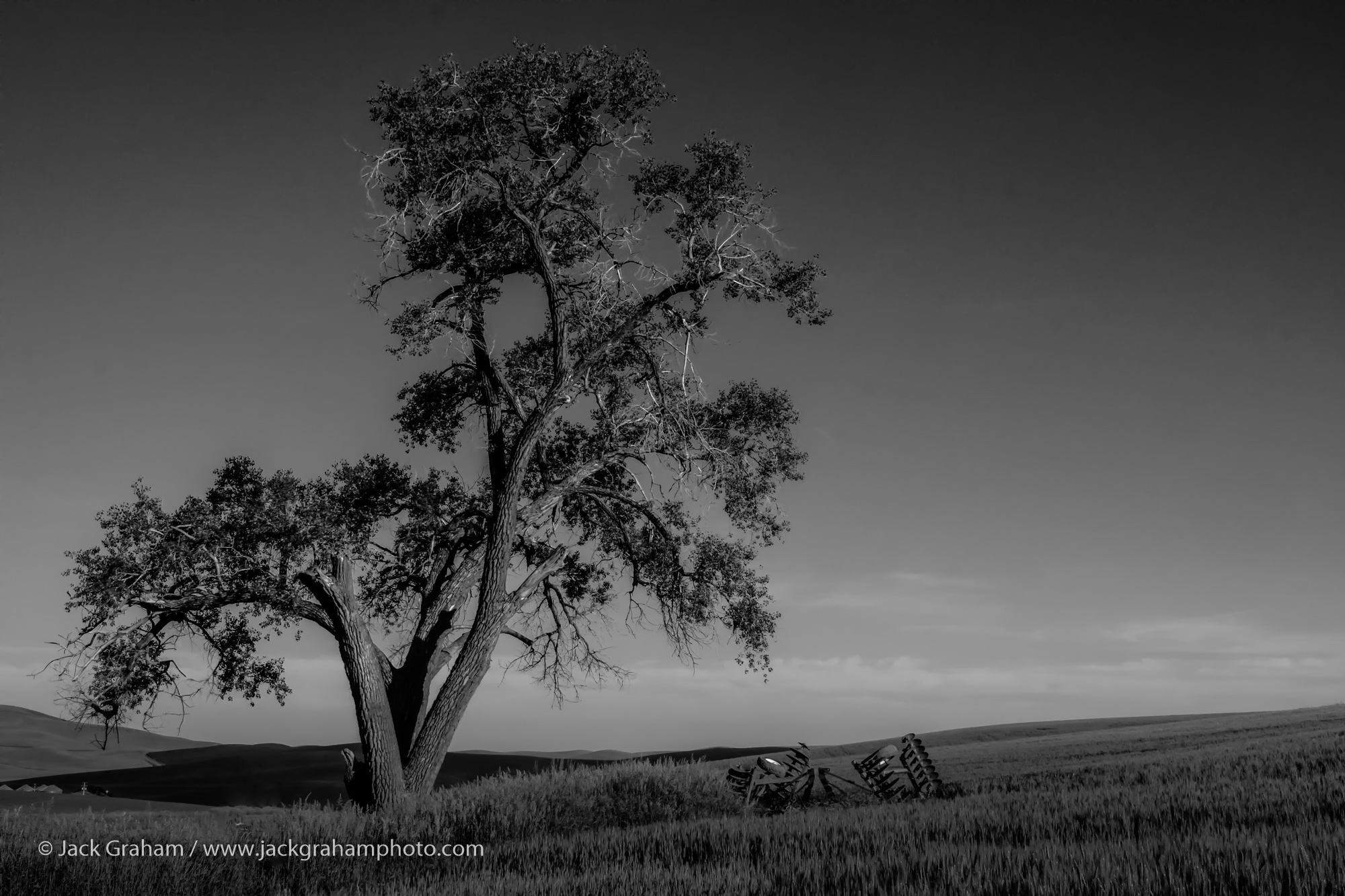
My group were real troopers. They all got up early and went to bed late and were rewarded with some great images. I stress simplicity and slowing down in order to get some strong images, especially here in the Palouse. Doesn’t that ring true in the above image?
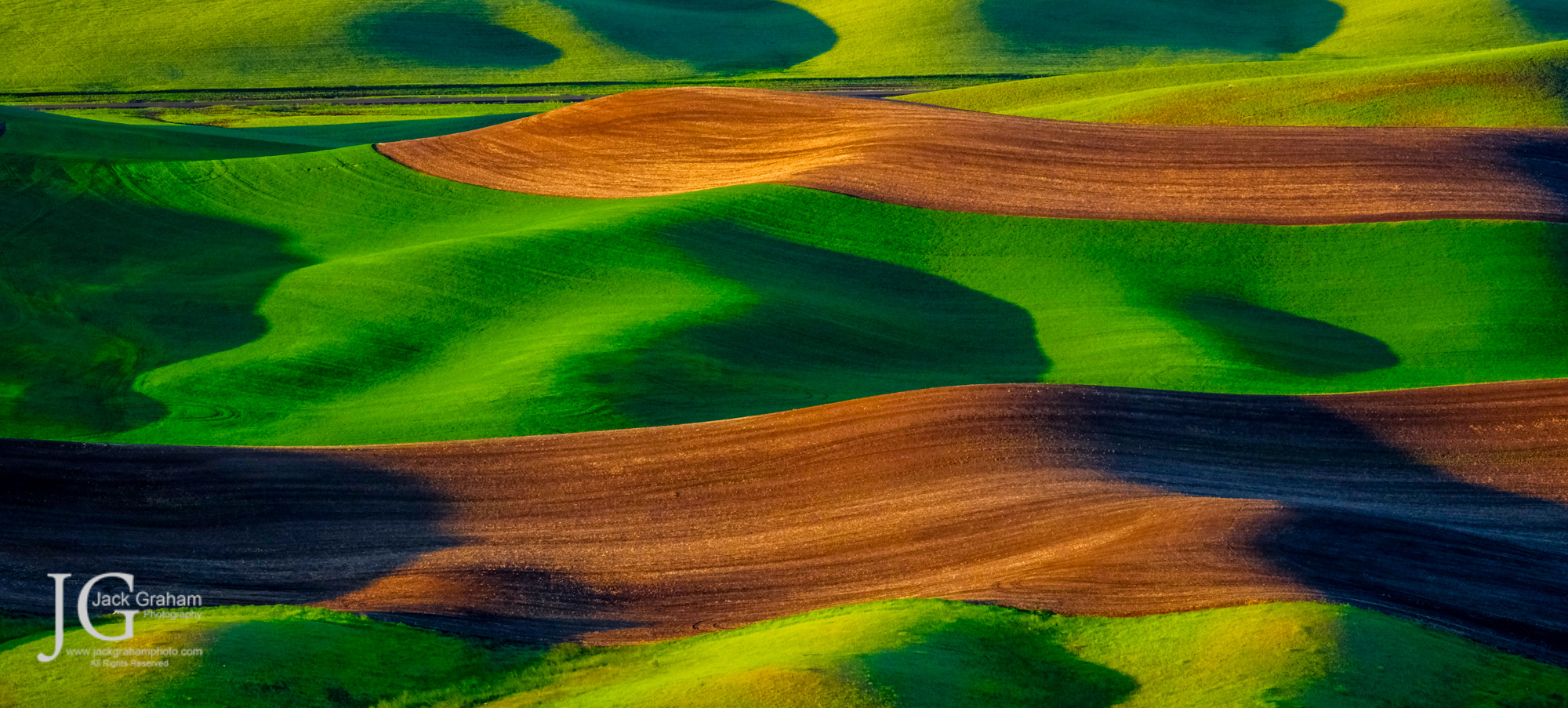
I always tell my folks that by the end of the workshop they will be learn a lot, go home with some great images, be tired and meet some new friends. All three were accomplished, thanks to them along with some great conditions.
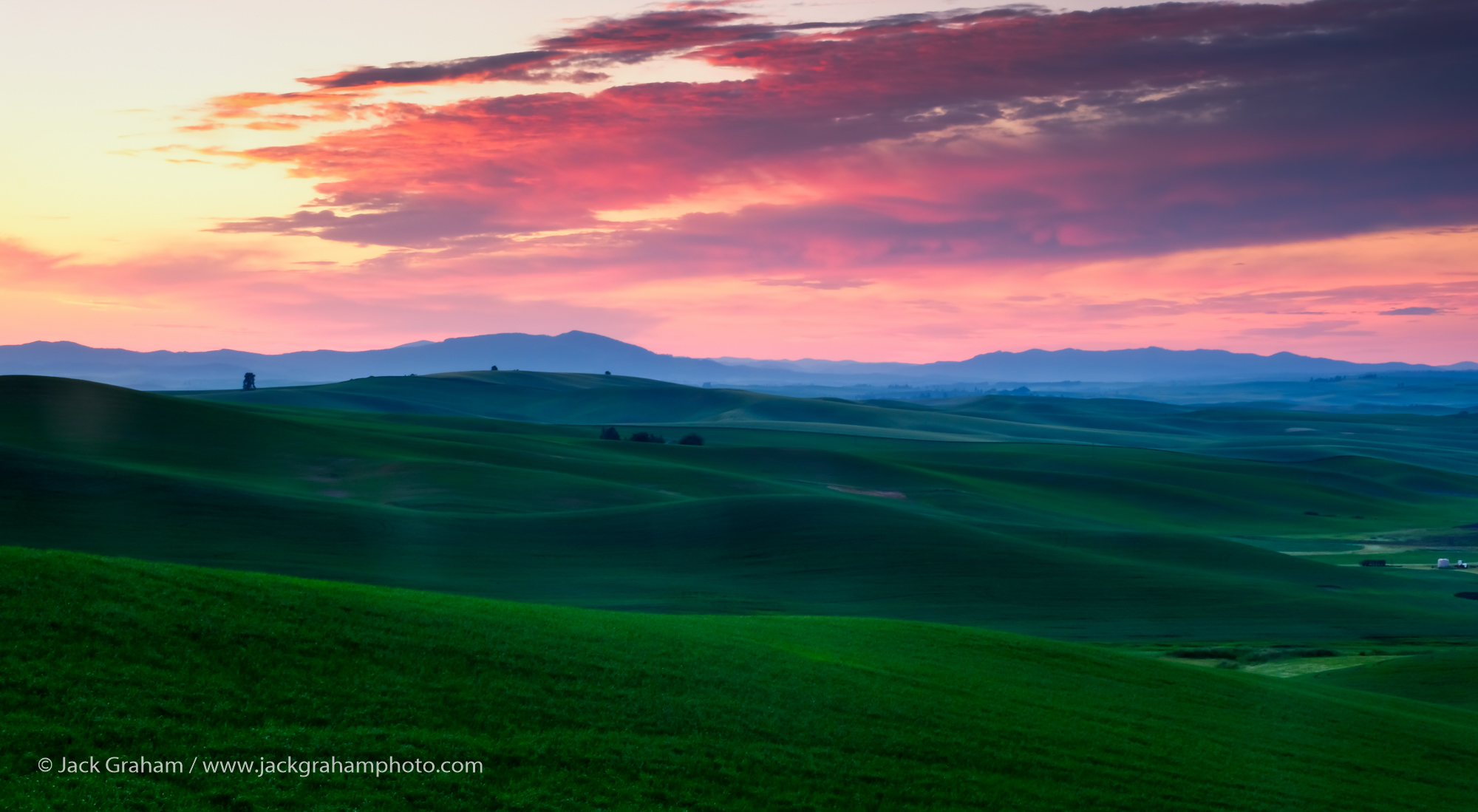
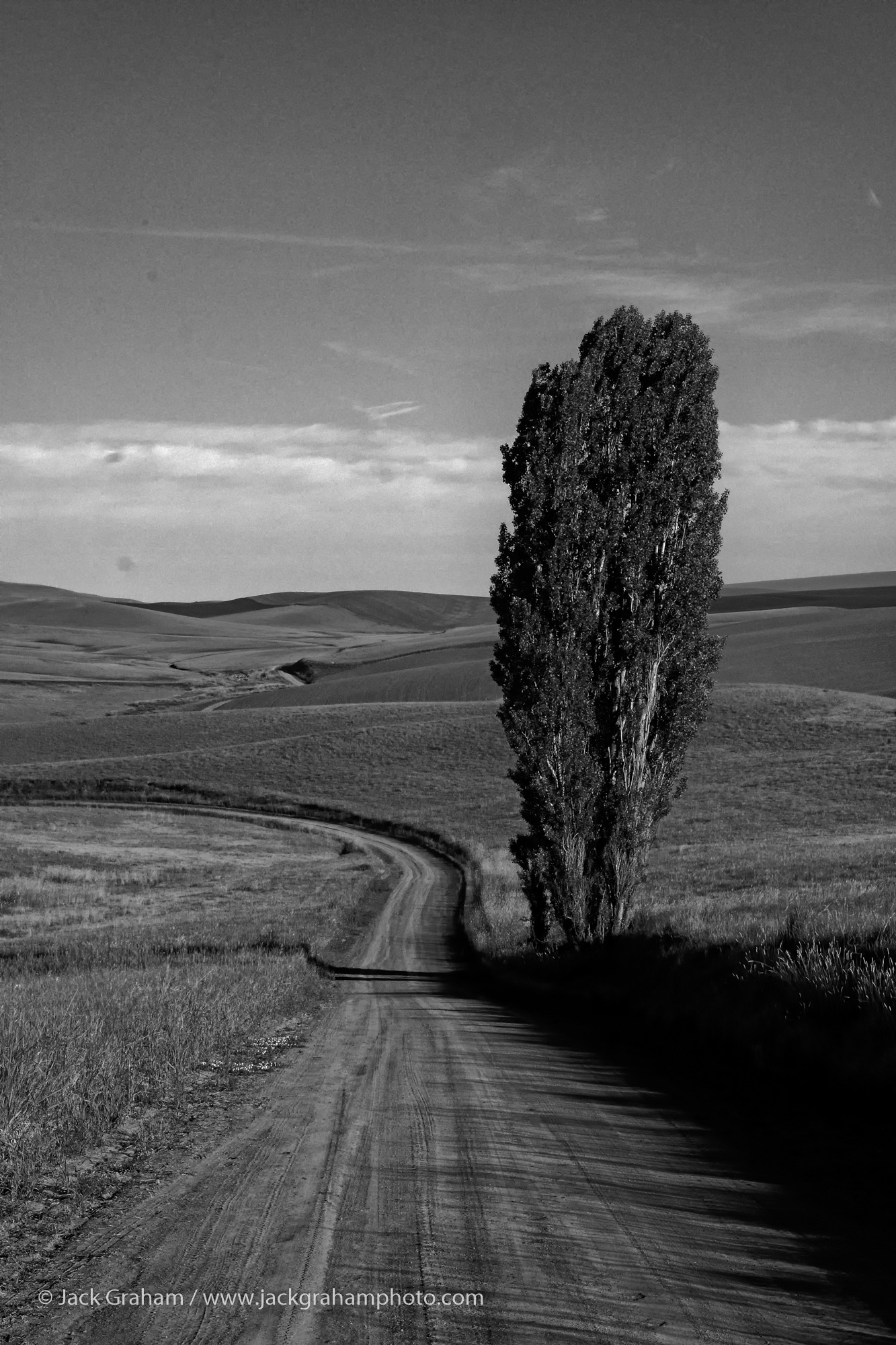
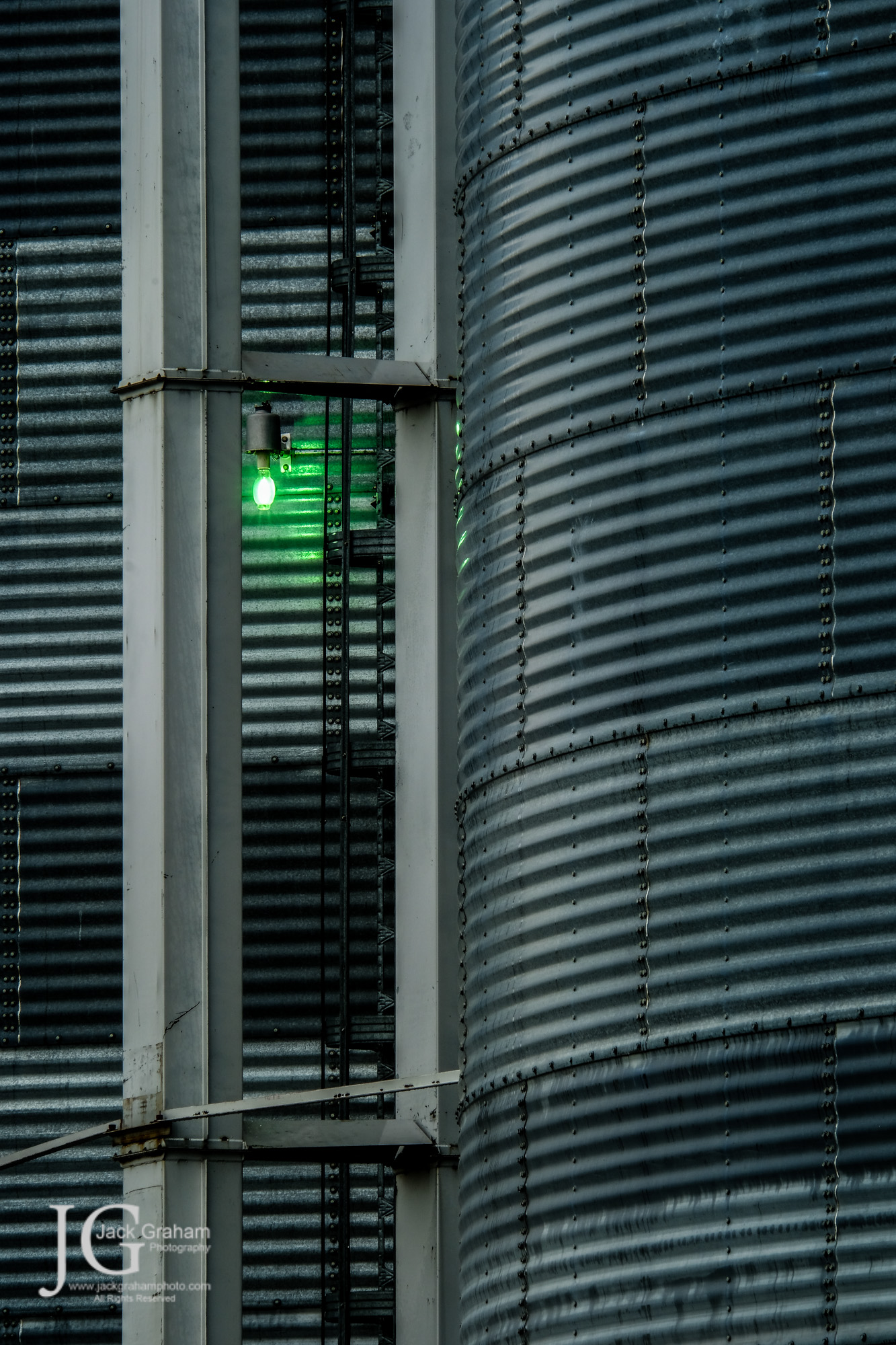
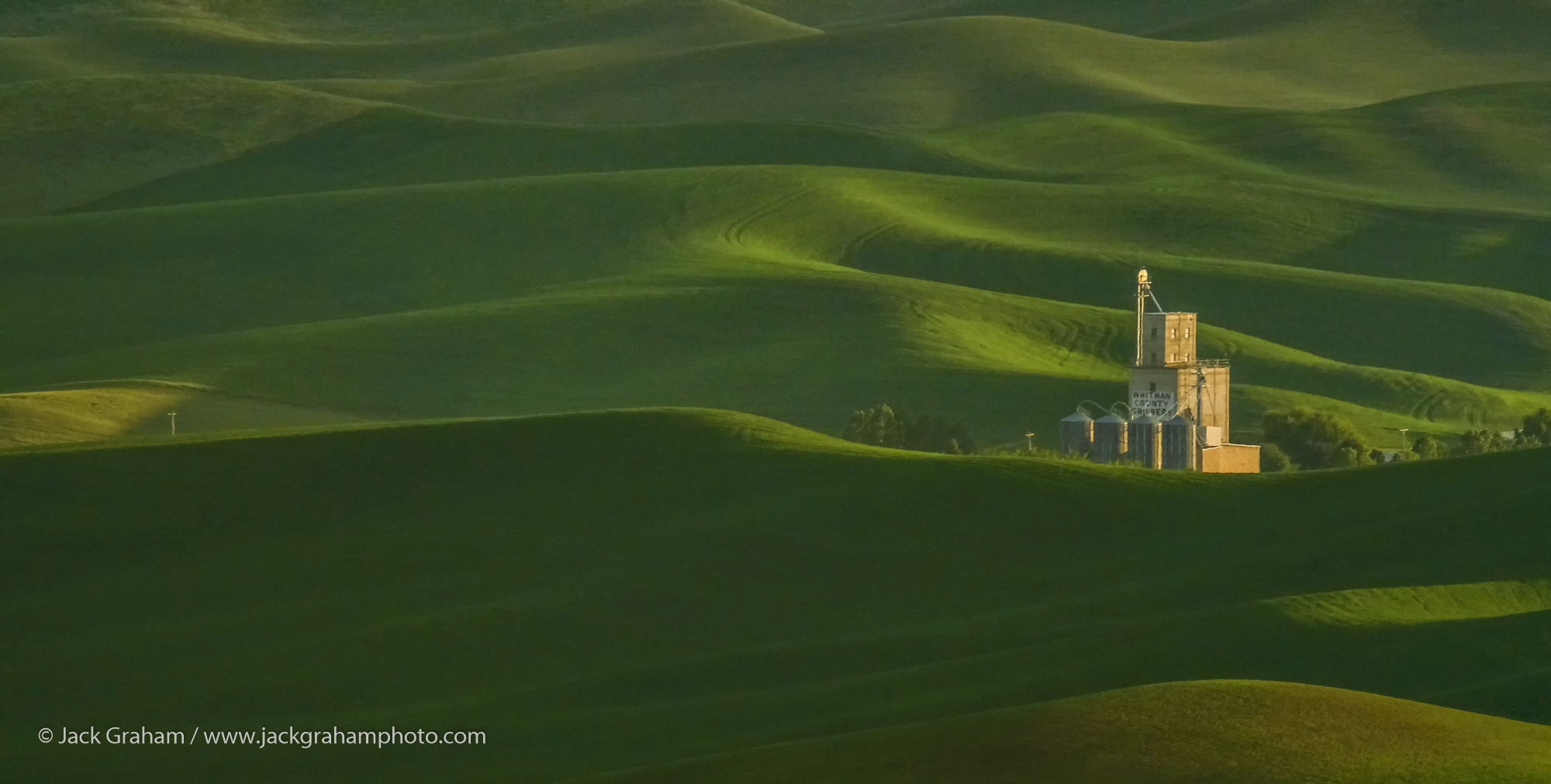
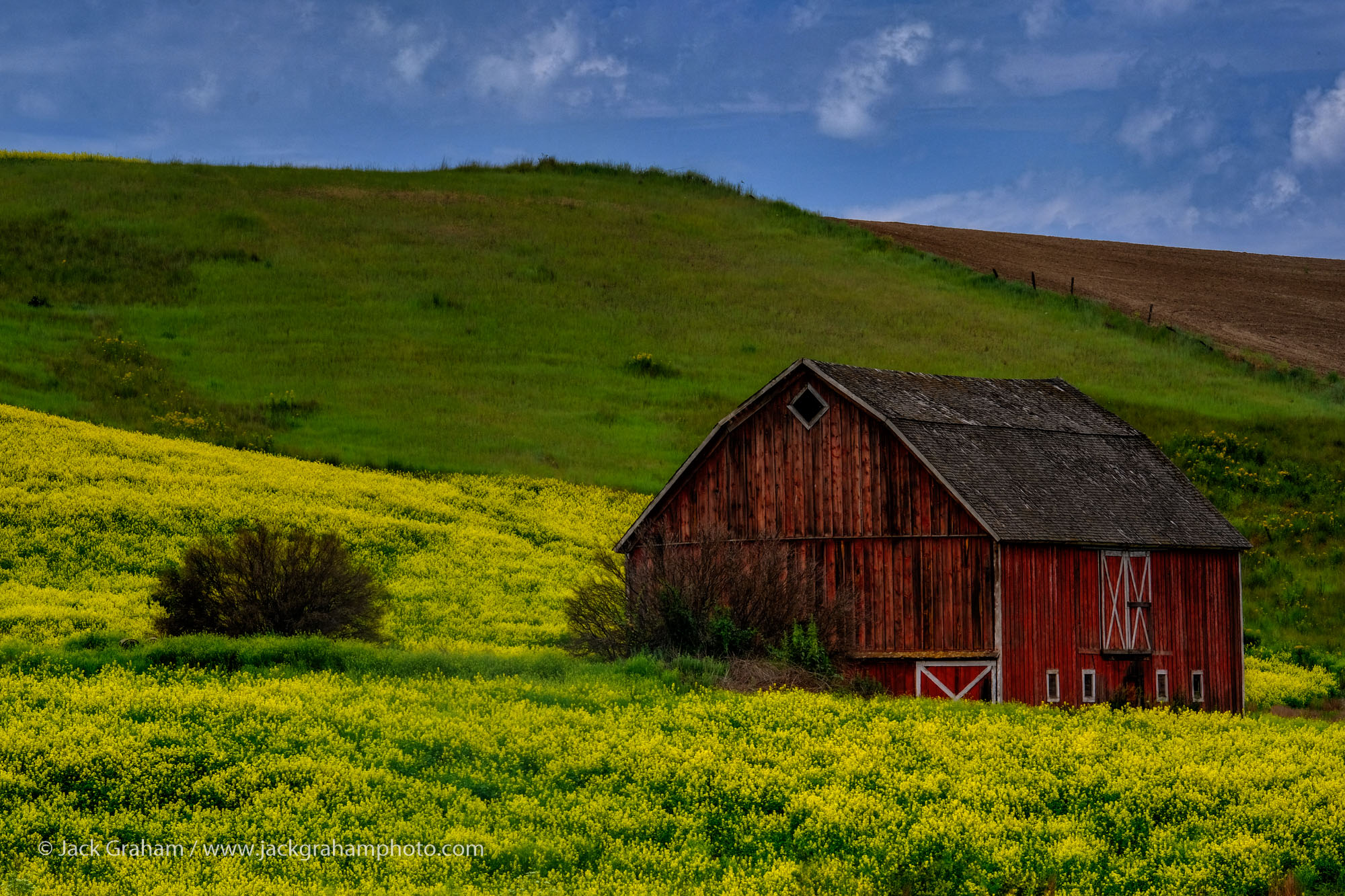
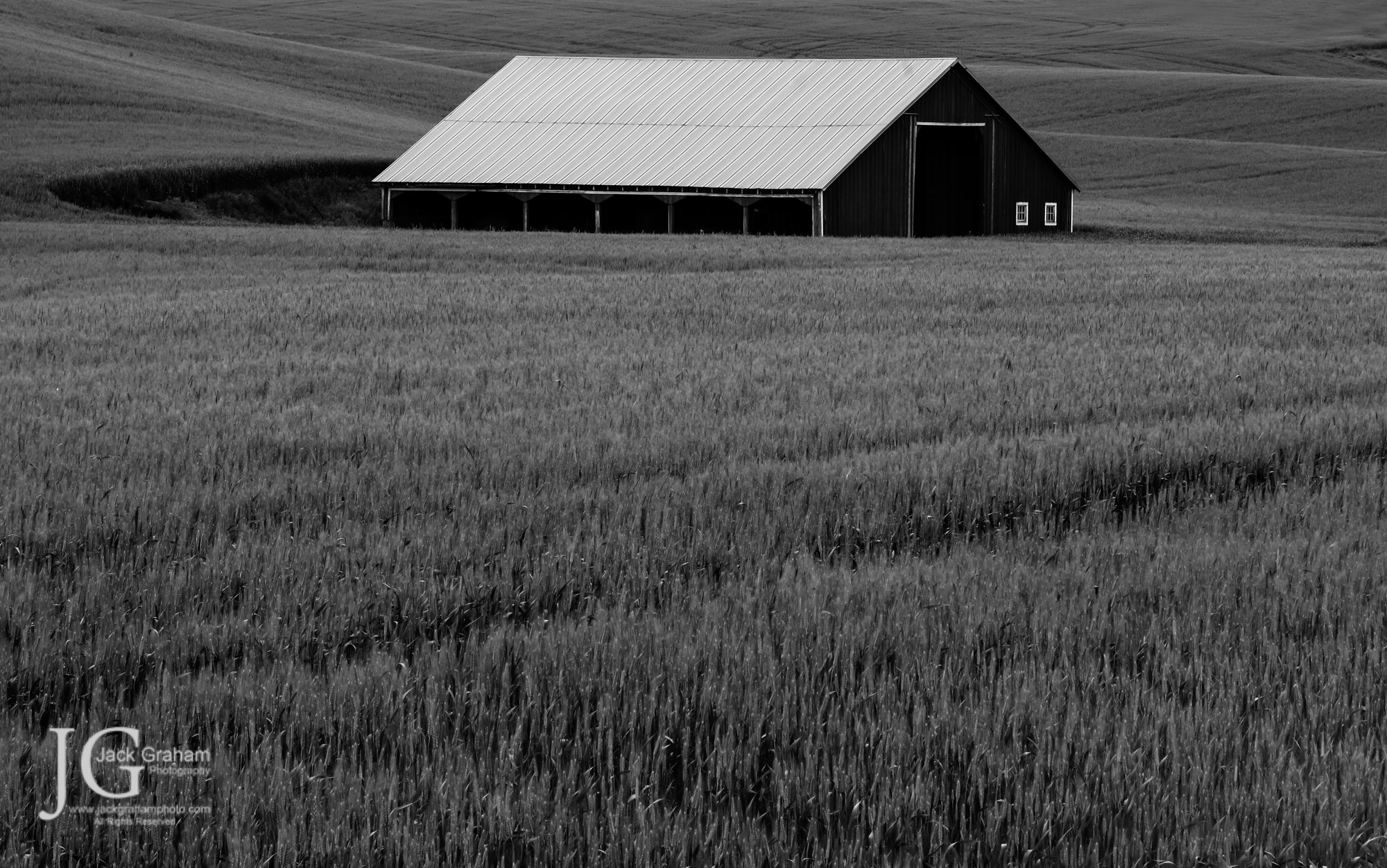
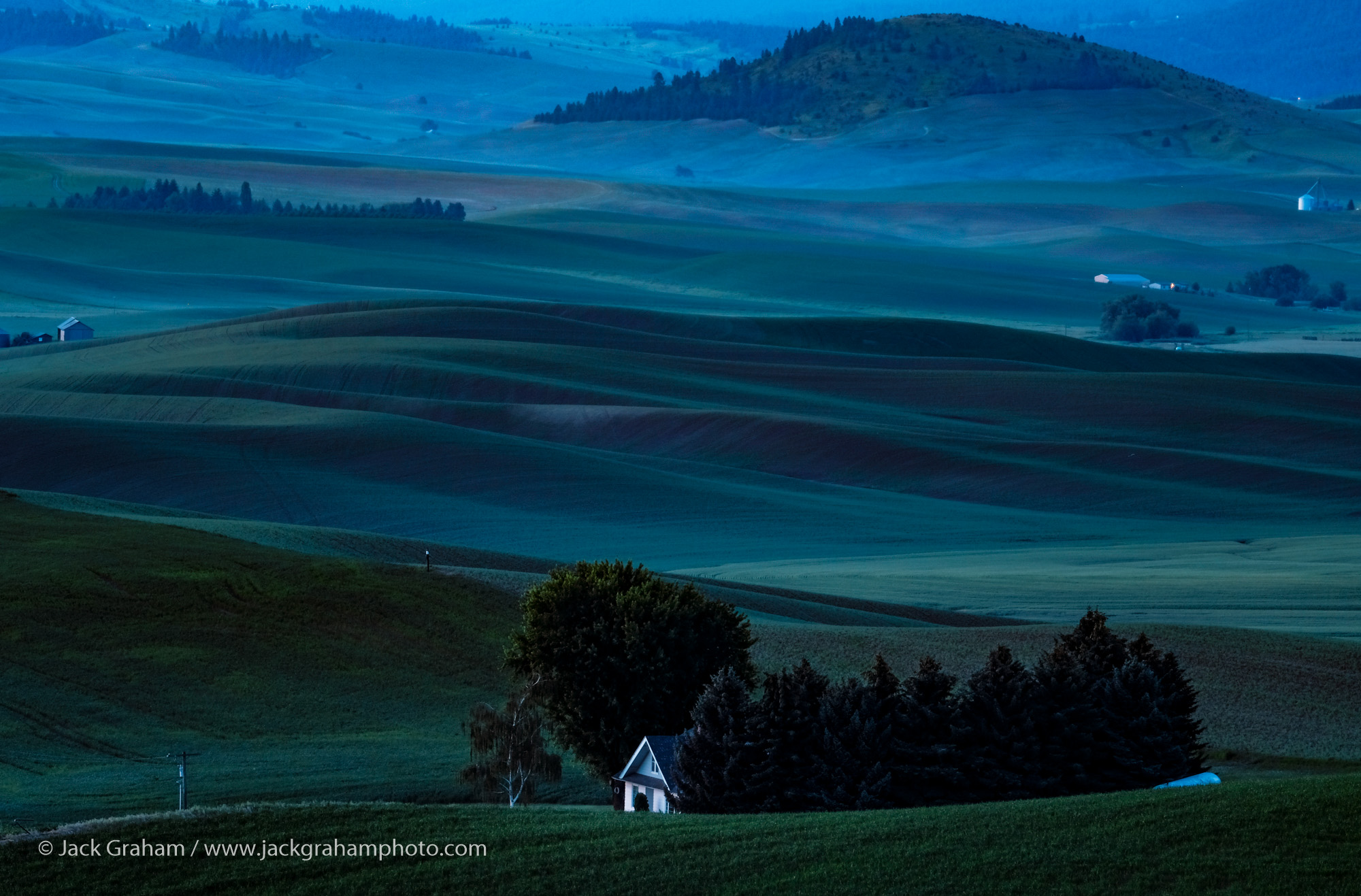



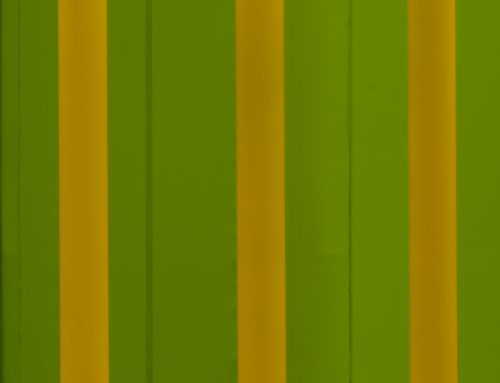
Love the pictures….bad weather brings good photography
[…] an article about the Palouse and our time there on my regular blog…. you can access it HERE. There is lots of information there and many images to […]